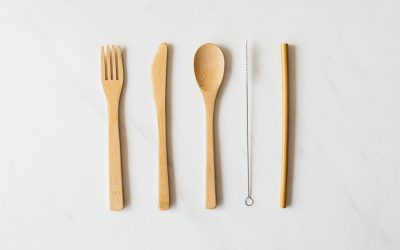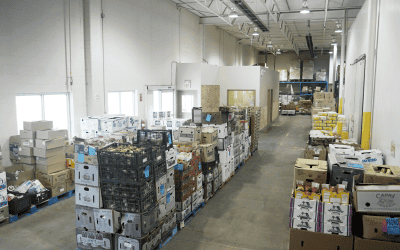A food waste audit is a dive into the amount of food in your household that is wasted over a period of time. Mapping out a review of the lifecycle of discarded food in your home could be an eye-opening experience. It gives insights into how you can make shifts in eating and shopping habits that will benefit you personally and also the environment.
Second Harvest’s guide to a food waste audit includes four steps:
Plan
The first step is to determine your goals: What is the purpose of doing the audit? Are you aiming to minimize grocery expenses, improve sustainability practices, or both?
Pick a timeframe: Measuring your food waste for four to six weeks (at least one to three days per week) is recommended. Don’t forget to check your cupboards and non-perishable items if you want to do a complete kitchen audit.
Then gather necessary tools such as bins and protective gear and start creating a tracking system. We have a tracker sheet that you can use straight away or adapt it to what suits you best, whether on paper, a whiteboard, or digital.
Do
Be disciplined in separating and sorting food waste into your categorized bins (food scraps, prep waste, plate waste etc.). Then measure the waste and record it in your tracker. Go the extra mile by including detailed notes, such as the specific food items discarded, their approximate cost, and whether the waste occurred outside the home.

Review
Using the information in your tracker, analyze the data you’ve collected. What types of waste did you generate most? How much food was wasted and why? Identifying patterns and trends is crucial to minimize more waste in the future.
Action
Together with everyone in your household, discuss the underlying causes of the identified waste and think of ways to curb it. If your herbs wilt too quickly before you find a use for them, learn how to store them the right way. Spending a few hours washing and prepping the ingredients before storing them can expand their freshness window. If you’re tired of eating leftovers, try freezing the extra portions so you won’t have to rush to enjoy them.
Depending on your family unit, you must set clear guidelines for yourself and your loved ones. Consider every member’s lifestyle needs and habits. Don’t forget to remain encouraging in the process to promote effective habit changes for everyone.
To learn more about tracking food waste at home, join one of our upcoming webinars.





